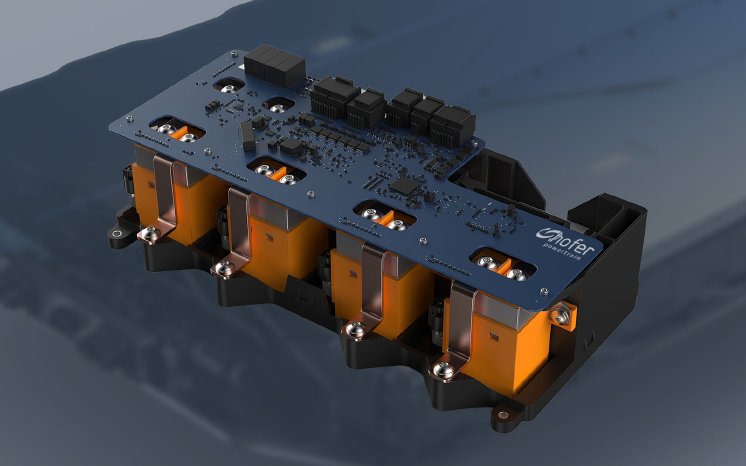By using the iBDU, OEMs and Tier1 suppliers can significantly lower their development and component efforts, material costs (BOM), and the number of components required – currently up to 12 % savings at the battery level and up to 18 % installation space reduction are possible despite an additional embedded safety component. The new architecture facilitates communication between individual interfaces and helps overcome design hurdles that arise in today's systems with the growing number of communication loops and interactions between ECUs and other components, resulting in many complex gateways.
The iBDU adds a new safety dimension to the high-voltage field through separated high-voltage wiring, standardization of all battery-specific safety functions, and highly reliable early detection of thermal instability events of any kind. In combination, it ensures that all safety requirements and standards are met.
"We optimize the entire system approach, in which functionalities are completely shifted, thus achieving a high degree of efficiency on a wide range of system levels. Looking into the future, we see a promising market potential here, where an even higher safety level is achievable and an ASIL out-of-the-box solution becomes available, which is not possible with currently existing solutions," says David Wollschlaeger, team leader for battery electronics and software.
Currently, the iBDU is a state-of-the-art solution moving into the new evolutionary phase. This involves a blend with the Vehicle Control Unit (VCU) of the powertrain. The installation and operation of the iBDU are simple and will transform the vehicle powertrain of all future models in a profound and long-lasting manner. Early feedback from the market is confirming its value. The innovations for future challenges are already in development. Not only is their relevance for the future guaranteed, but it is also measurable. Customers can decide on the degree of optimization themselves; everything is feasible, from the minimum in component reduction to the strong centralization of the entire functional scope and all modules.


